A multidisciplinary core group of PI’s and supervisors supports and coordinates the research in currently associated projects at CEM.
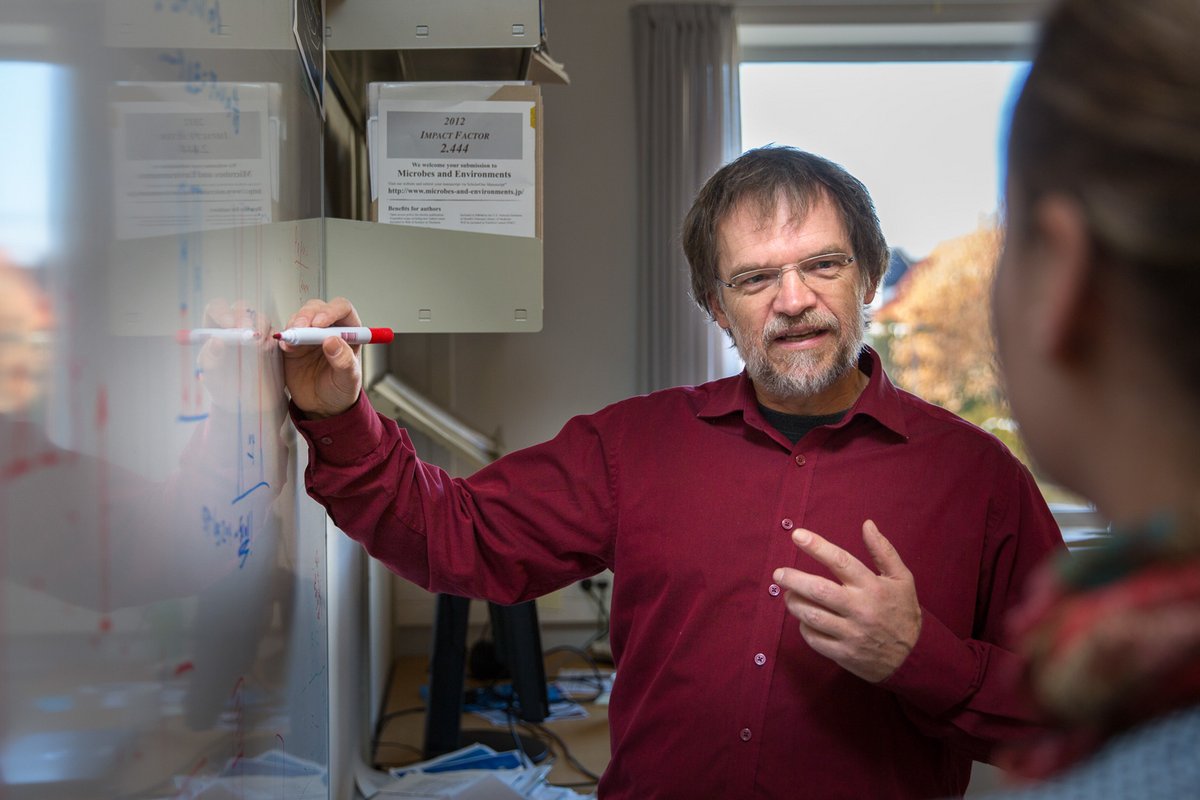
The CEM leader, Professor Lars Peter Nielsen, has a strong record of leading groundbreaking and interdisciplinary science projects, often at the interface between microbiology and geochemistry.
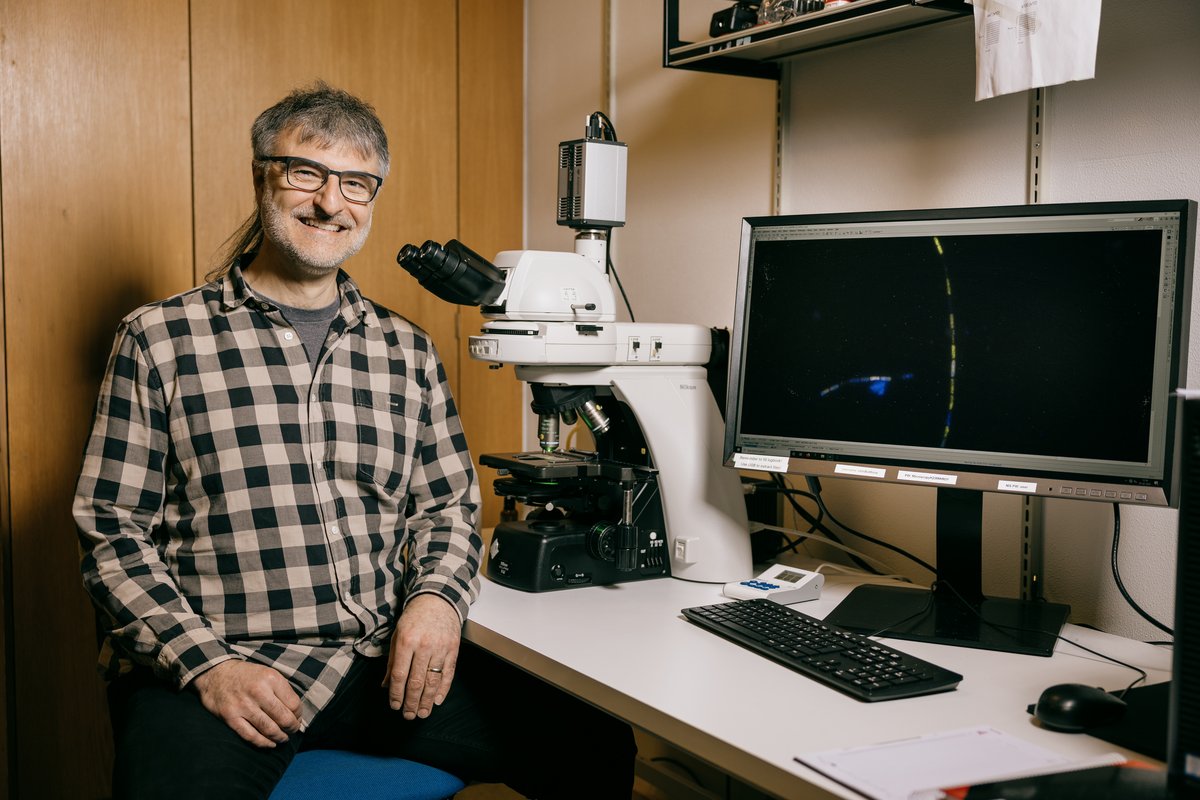
Vice head of CEM, Professor Andreas Schramm, has a background in molecular ecology, symbiosis, and microbial genome evolution. His main research areas in CEM are cable bacteria physiology and evolution, and electric interactions of cable bacteria with other microbes.
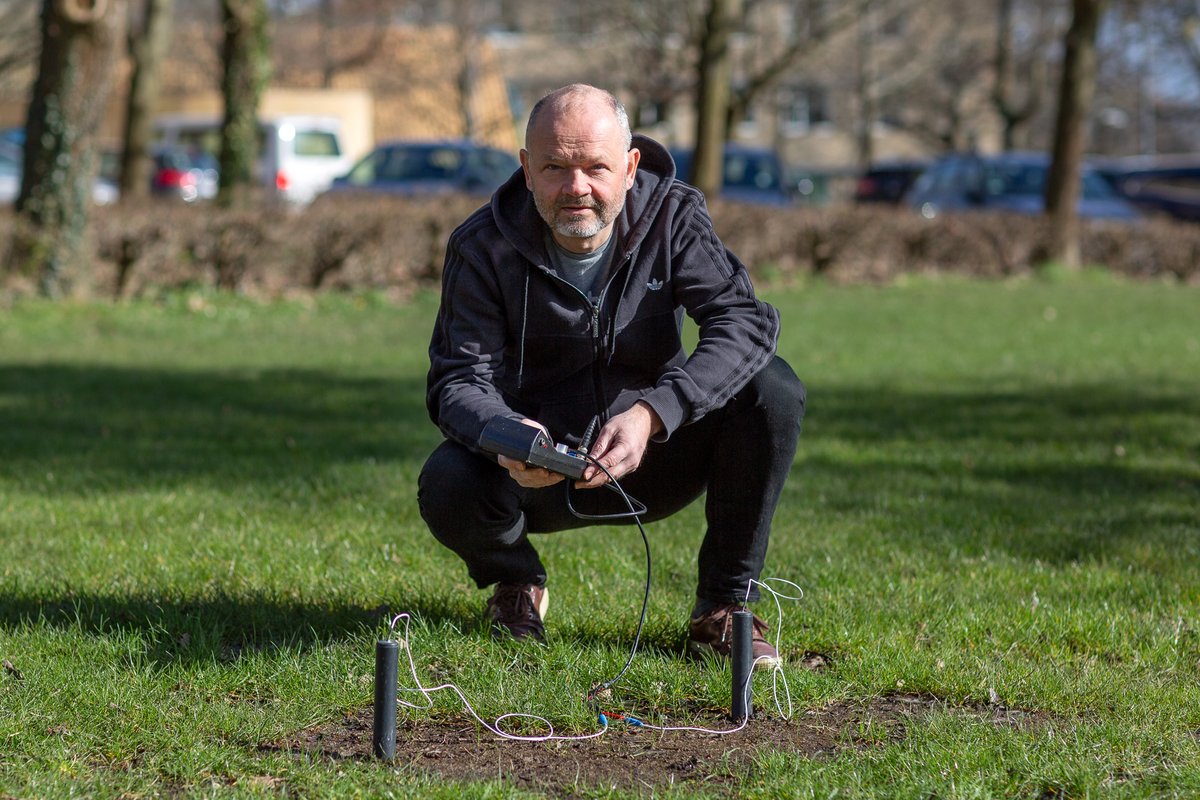
Researcher Lars Riis Damgaard is an expert on developing (micro)sensor technology and applying it in microbiological research.
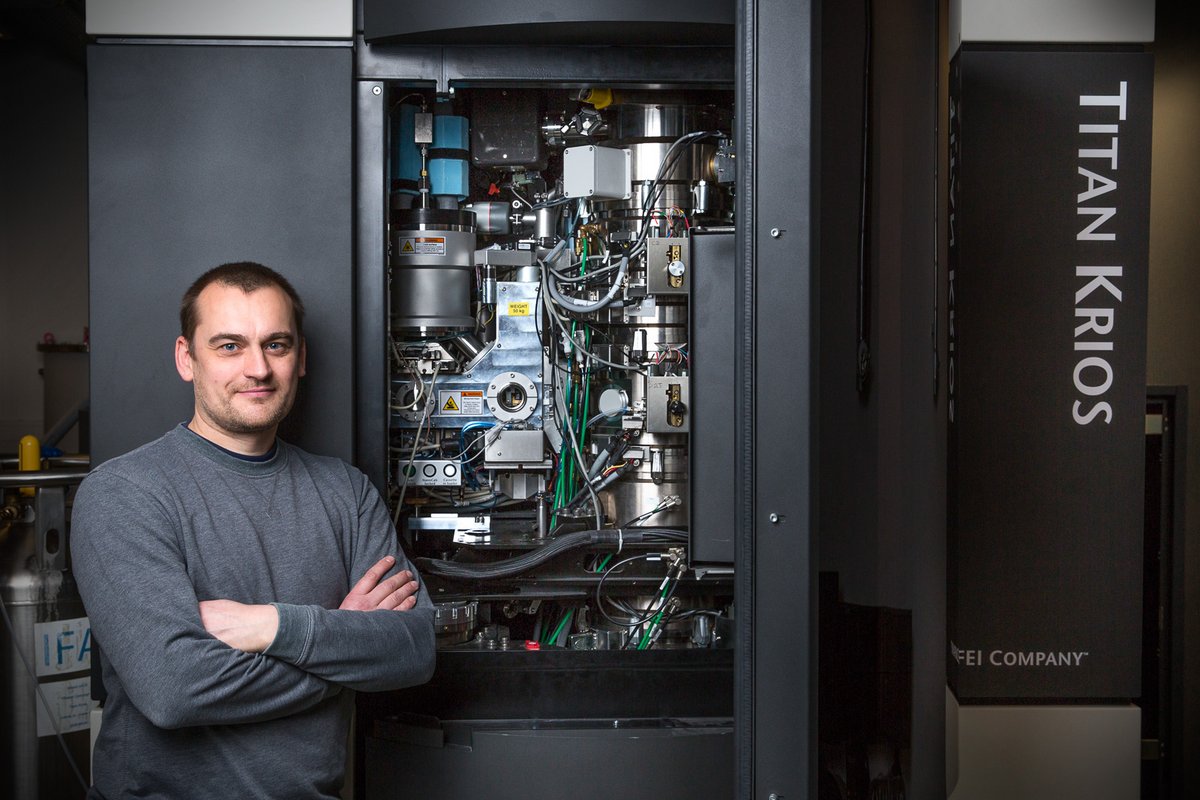
Cryo-EM Facility Manager and Senior Scientist Thomas Boesen is an acclaimed scientist of structural biology and advanced electron microscopy and has investigated bacterial nanowires and cable bacteria.
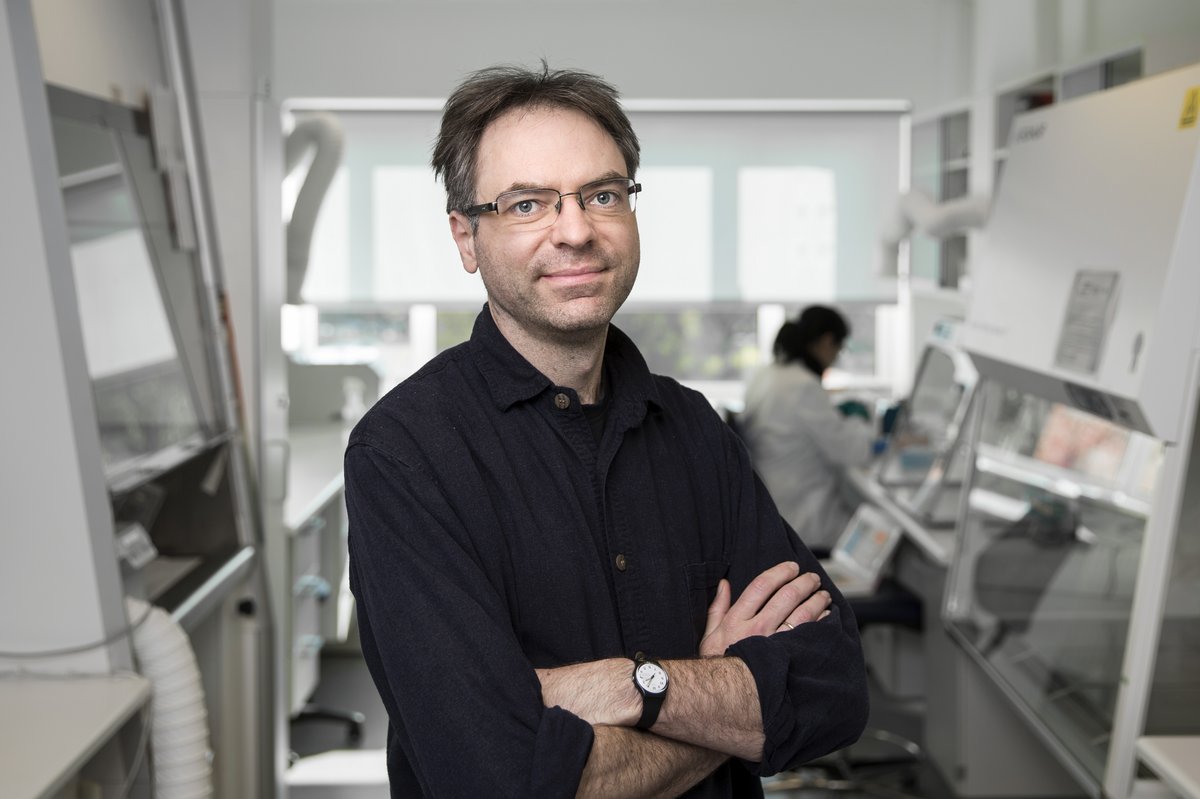
Associate Professor Ian Marshall is an expert in microbial genomics, and uses nucleic acid-based methods to study the ecophysiology of microbial communities.
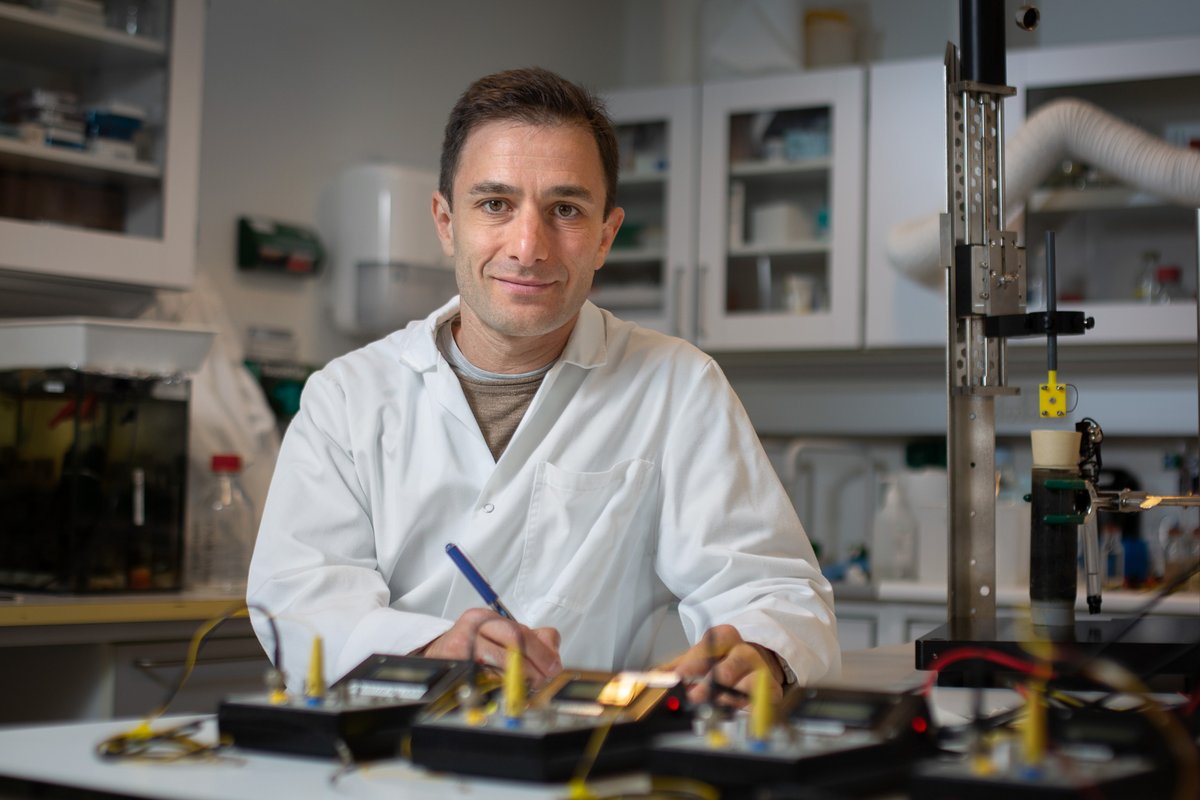
Assistant Professor Ugo Marzocchi's main area of research in CEM is on the occurrence of bioelectric processes in aquatic sediments and on their implication for elemental cycling. His technical expertise include the application of electrochemical and optical sensors and of isotopic tracers.
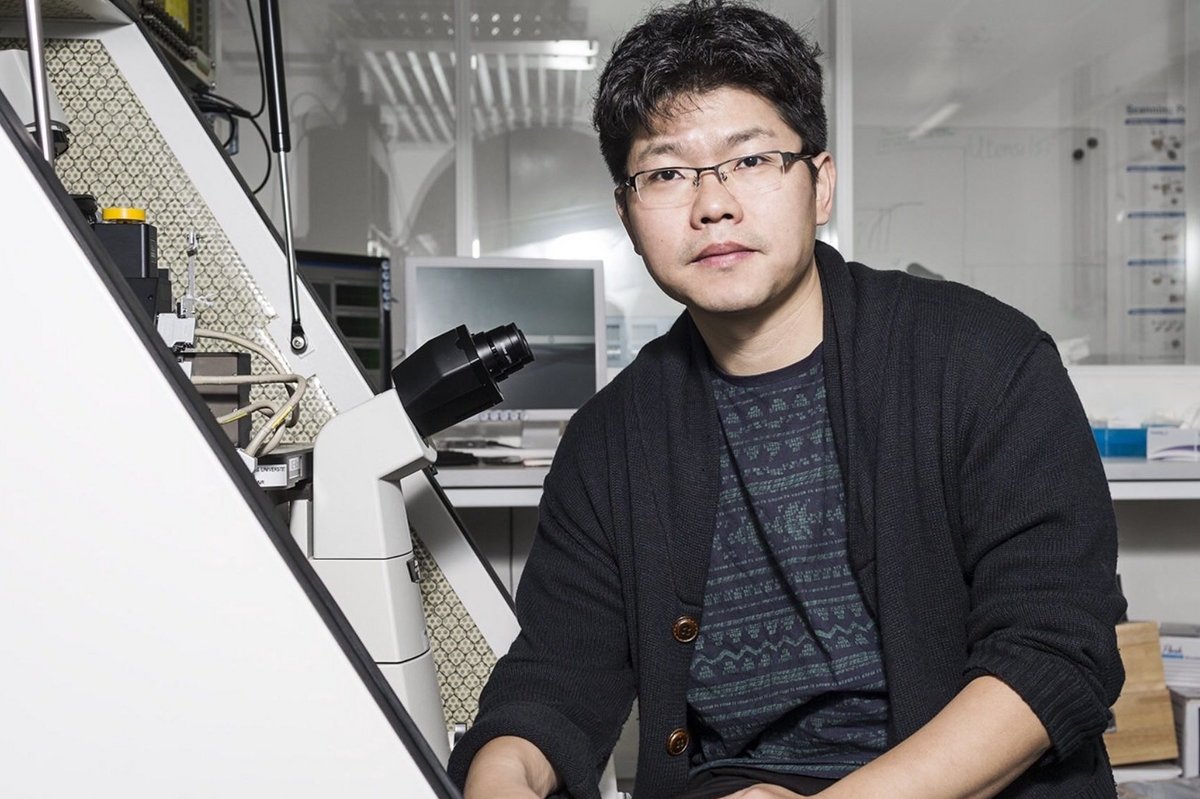
Professor Mingdong Dong is applied physicist specializing in advanced surface sensitive scanning probe microscopy (SPM). He has developed several important quantitative SPM-based surface sensitive techniques to investigate electronic, mechanical, thermal, chemical, and magnetic properties in biological systems and nanomaterials, which have been critically important for a better understanding of structure-function relationship.
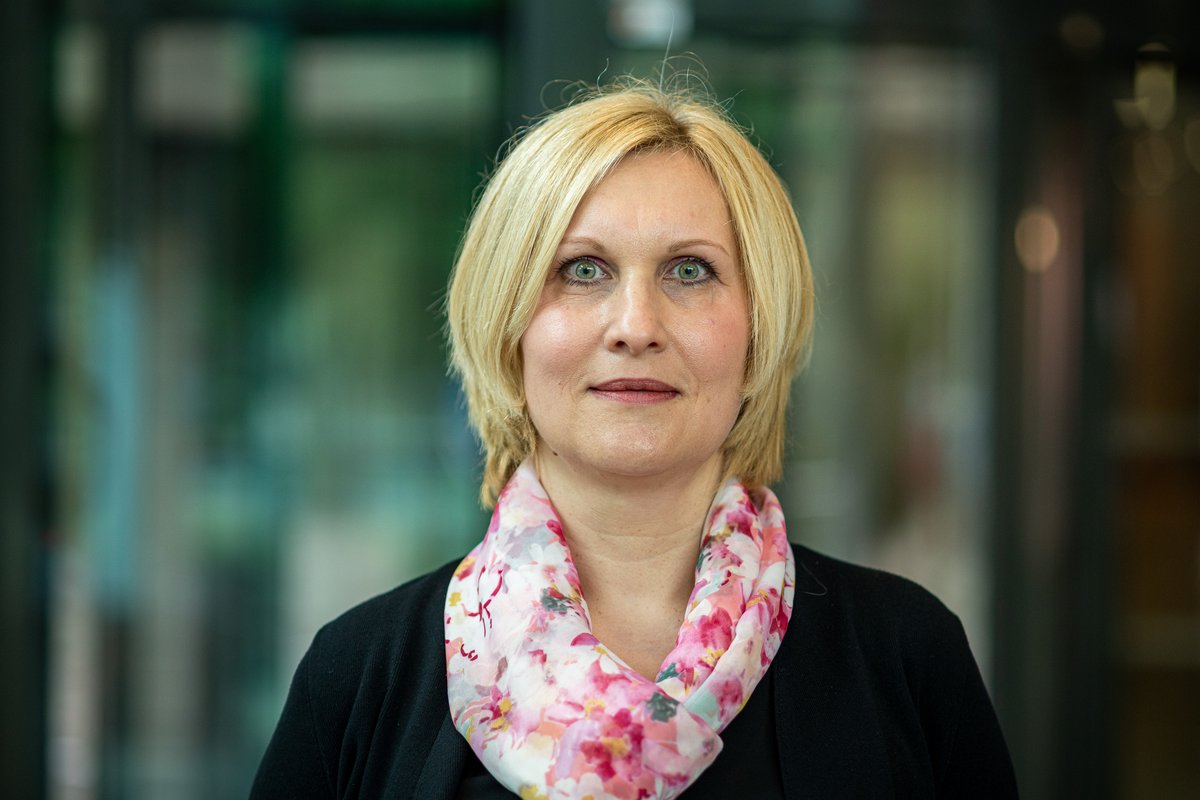
Associate Professor Niculina Musat is one of the pioneers of nano-scale Secondary Ion Mass Spectrometry (nanoSIMS) single-cell imaging in the field of environmental microbiology. She has developed an original research direction centered on the use of isotope tracers, fluorescent tagging and nanoSIMS imaging to study single-cell metabolism, cell-to-cell interactions, and their role in biogeochemical processes.